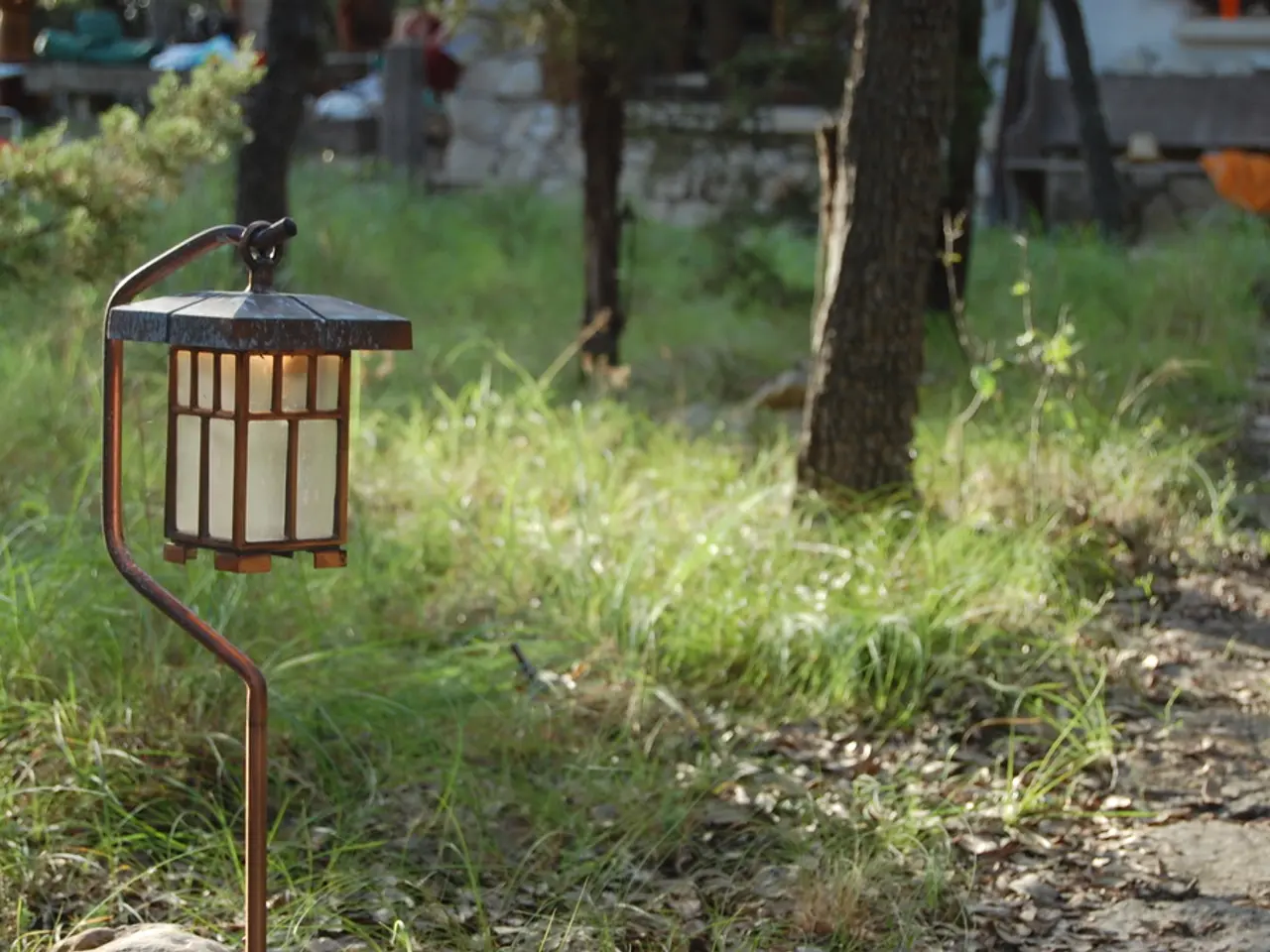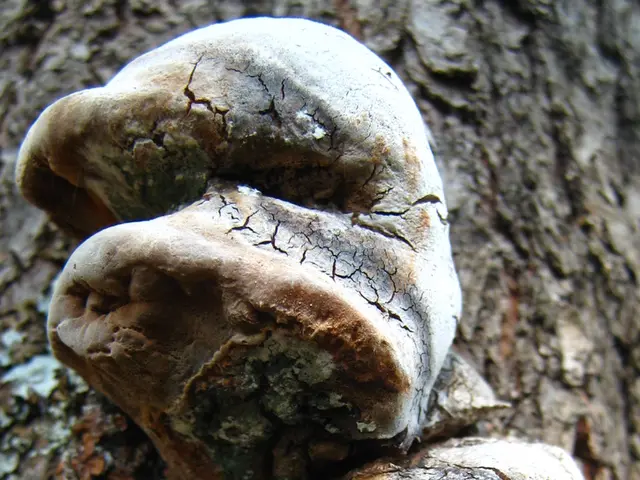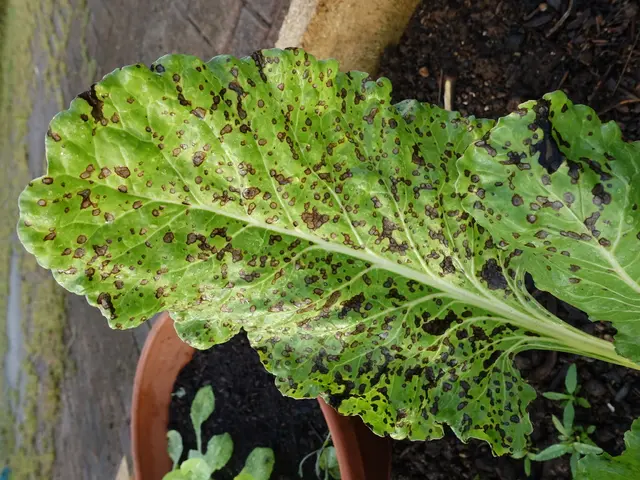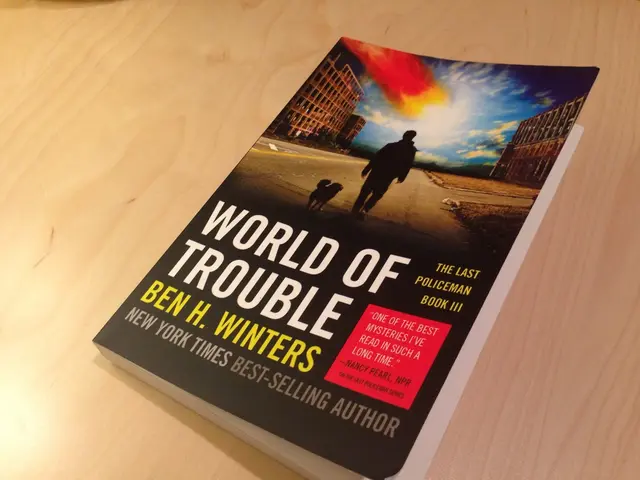Beat the Intense Heat: Intelligent Methods to Preserve Your Garden Amidst a Heatwave
As the summer of 2025 approaches, gardeners are bracing themselves for potential heat waves that could bring high temperatures and strong, dry winds. To safeguard your garden plants from the harsh conditions, here are some effective strategies to implement.
**1. Mulch to Retain Moisture and Moderate Soil Temperature**
Applying a 2–4 inch layer of organic mulch such as shredded bark, pine straw, compost, or grass clippings around the base of your plants can make a significant difference. Mulch helps conserve water by reducing soil evaporation, moderates soil temperature, prevents weed growth, and improves soil structure over time. Remember to keep it away from stems to prevent rot[1][2].
**2. Provide Shade During the Hottest Hours**
Heat-sensitive plants require extra protection during extreme heat. Consider using shade cloths that block 30–50% of sunlight, patio umbrellas, or sheets on stakes. This is particularly important for cool-season vegetables, shade-loving perennials, young seedlings, newly transplanted plants, or those showing signs of heat stress like wilting or leaf scorch. Moving potted plants to naturally shaded areas such as under trees or porches also helps reduce heat exposure[1][2][3].
**3. Water Deeply and Strategically**
Watering your plants deeply and thoroughly in the early morning or at dusk can help prepare them for the day’s heat, while avoiding watering during the hottest part of the day prevents water loss and sunburn on plants. Consistent watering keeps soil evenly moist and prevents heat stress[2].
**4. Avoid Planting New Vegetation During Heat Waves**
Planting new plants or transplants during extreme heat spells can lead to stress. It's better to plant in milder temperatures (spring or fall) to allow roots to establish before facing heat extremes[3].
**5. Monitor and Adjust Shade to Prevent Over-Shading**
While shade is beneficial, too much can cause plants to become sensitive when returned to full sun. Use netting or horticultural shade cloths designed to allow some light through (about 70% sunlight transmission). Remove or adjust shading as needed to balance sun exposure[3][5].
**6. Allow the Soil to Breathe**
During a heat wave, it's best to leave the soil alone to avoid exposing the cooler, moist layers underneath to direct sunlight and air.
**7. Be Mindful of Pot Colour**
Dark-colored pots absorb and hold heat, turning the root zone into a hotbox during extreme weather. Opt for lighter coloured pots to keep the roots cooler.
**8. Harvest Your Produce Promptly**
Don't wait for your zucchini to double in size - if it's ready, pick it. Heat can speed up ripening, but it also increases the risk of overripening and spoilage.
By combining these strategies, gardeners can protect their plants from heat damage, maintain soil moisture, and reduce stress during the intense heat of summer 2025[1][2][3][5]. Regularly checking the forecast will help you prepare for any sudden jumps in temperature that could damage plants quickly. Deep, infrequent watering is more effective and encourages stronger roots that can withstand the heat.
- Apart from enhancing soil structure, organic mulch like compost or shredded bark reduces soil evaporation, prevents weed growth, moderates soil temperature, and improves soil moisturization.
- For heat-sensitive plants, such as cool-season vegetables, use shade cloths, patio umbrellas, or sheets on stakes to protect them from the scorching sun, especially during the hottest hours.
- To build resilience in your garden during heat waves, water plants deeply and thoroughly either early in the morning or at dusk to avoid water loss and sunburn, and prevent heat stress.
- To ensure success, it's best to delay planting new seedlings or transplants during extreme heat and opt for planting in milder temperatures (spring or fall).
- When using shades for plants, monitor and adjust them to prevent over-shading as too much shade may cause plants to become sensitive when returned to full sun; use netting or horticultural shade cloths that allow about 70% sunlight transmission.
- To allow the soil to breathe properly during a heat wave, avoid disturbing it to protect the cooler, moist layers underneath from direct sunlight and air exposure.
- For healthier roots, choose lighter-colored pots over dark ones, as dark-colored pots absorb and hold heat, causing the root zone to become excessively hot during extreme weather.
- To prolong the freshness of your garden's bounty, promptly harvest your vegetables, herbs, or fruits as heat can accelerate ripening, increase the risk of overripening, and lead to spoilage.
By employing these strategies throughout your garden, you can safeguard your plants from heat damage, promote sustainability in your home-and-garden lifestyle, and enjoy a successful gardening experience during the heat wave of summer 2025. Regularly checking the weather forecast will help you prepare for any sudden temperature spikes that could potentially harm your plants.








